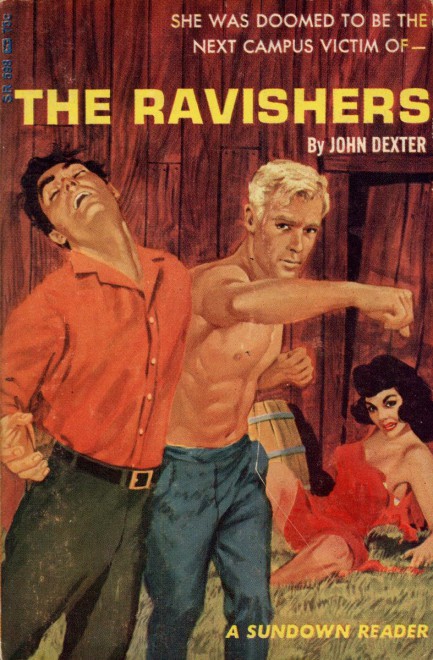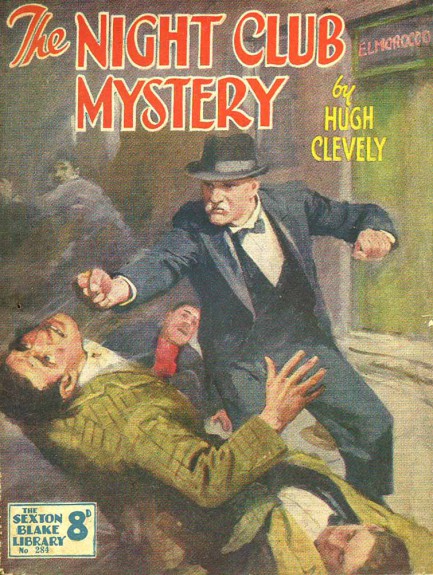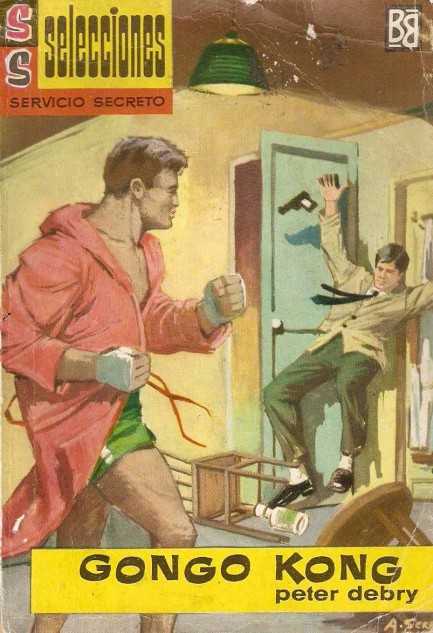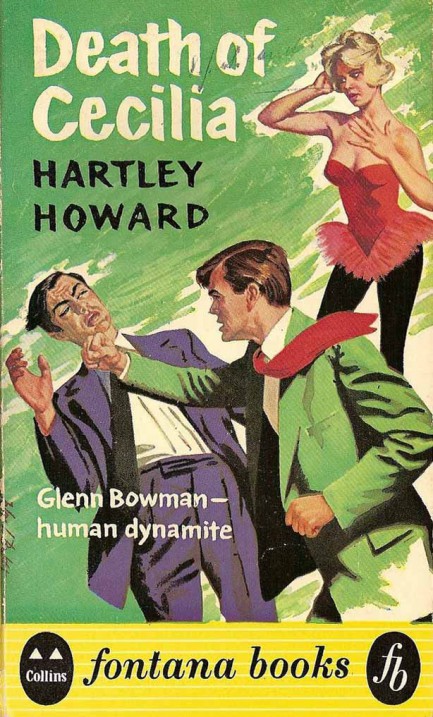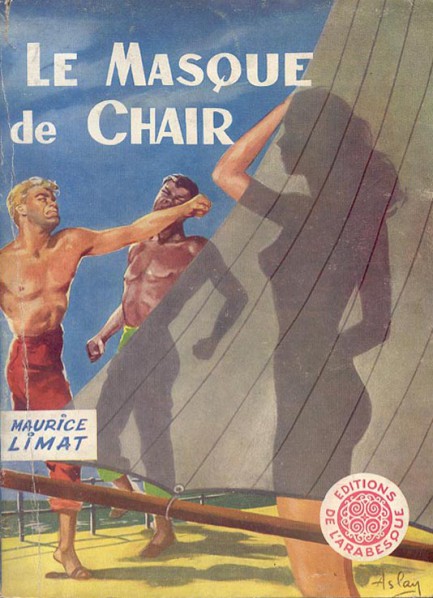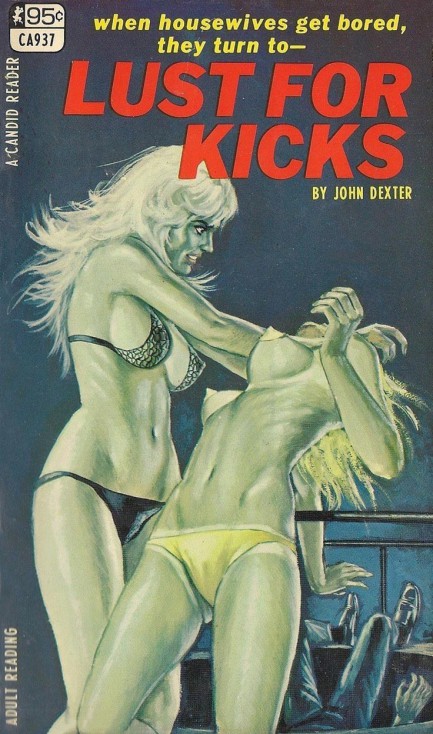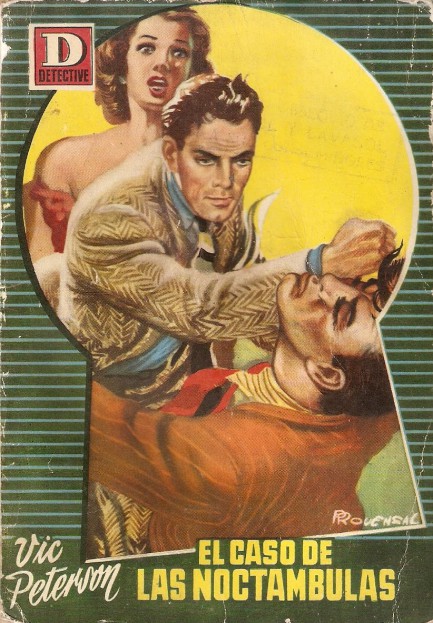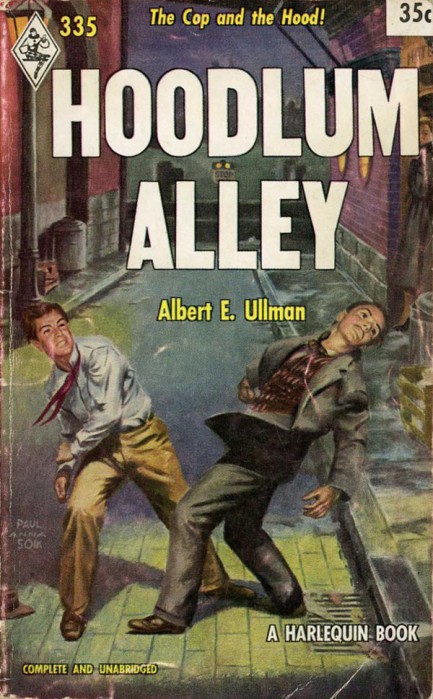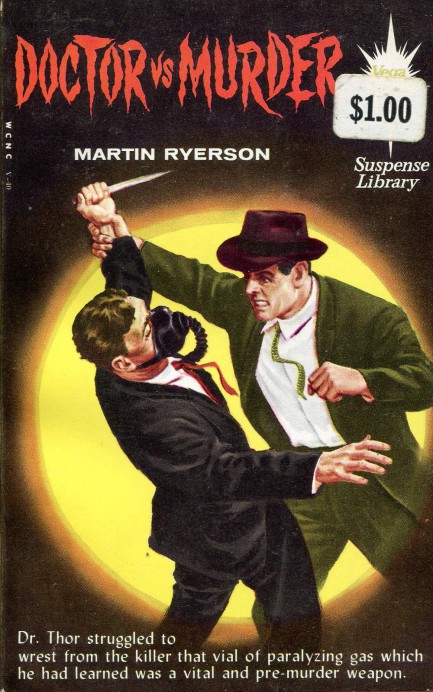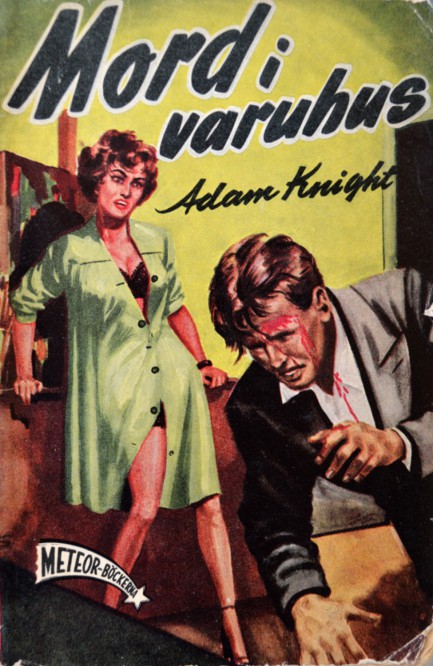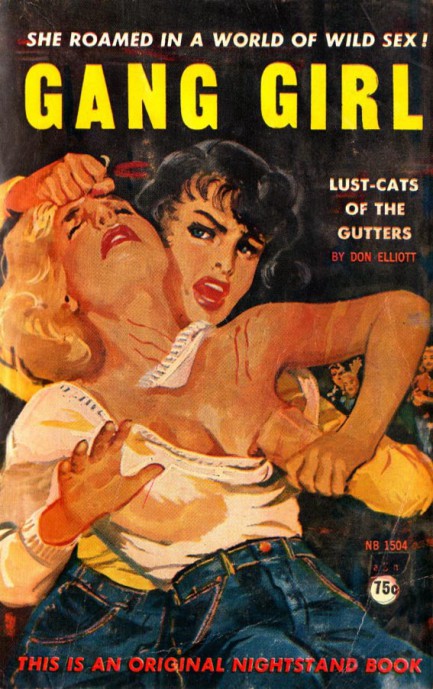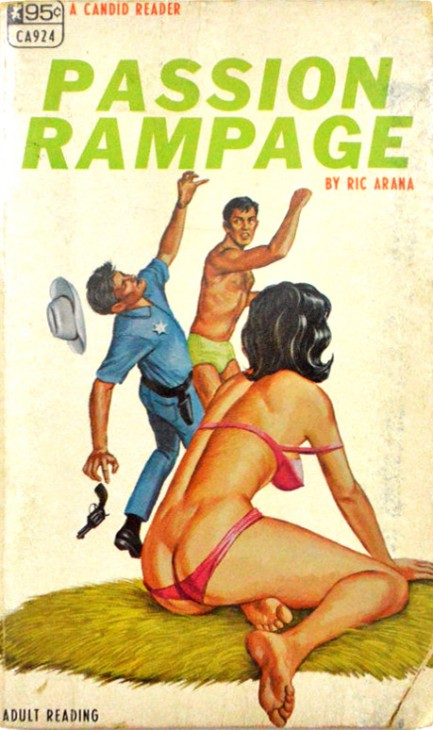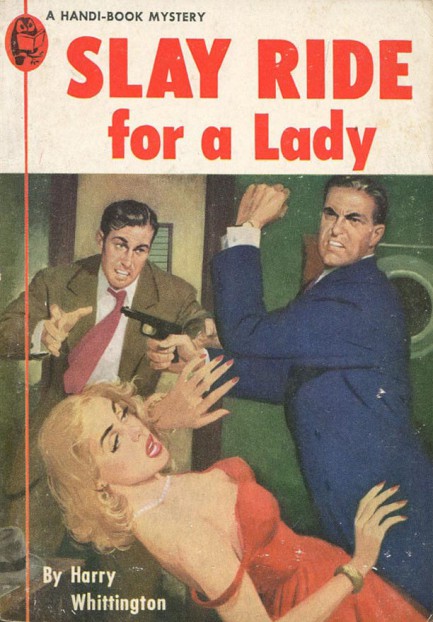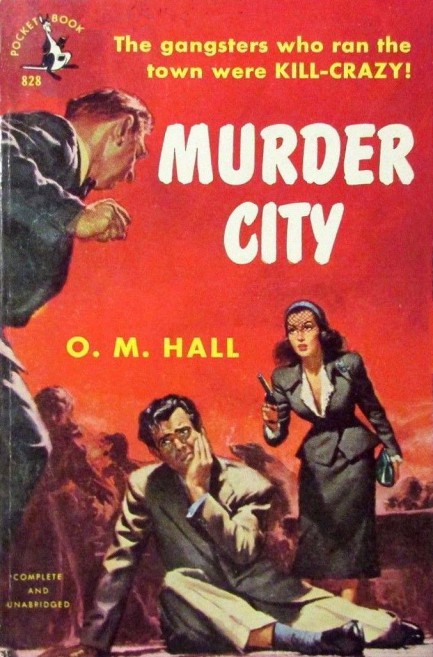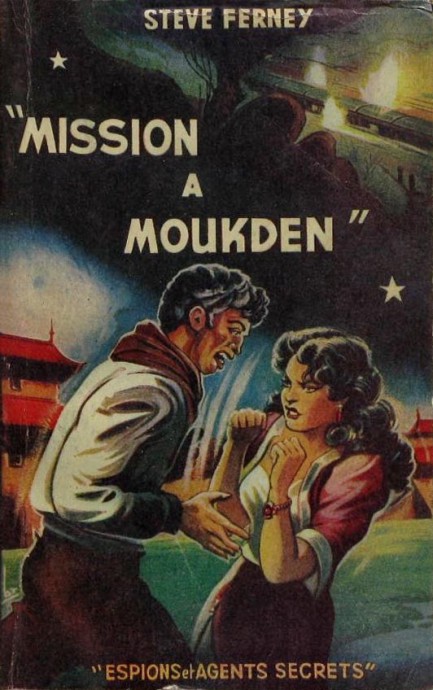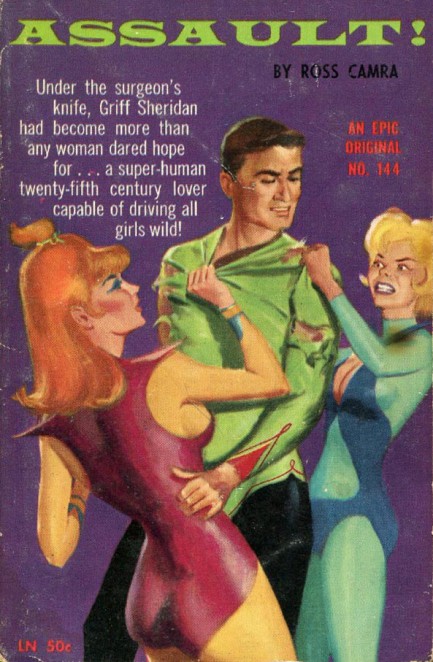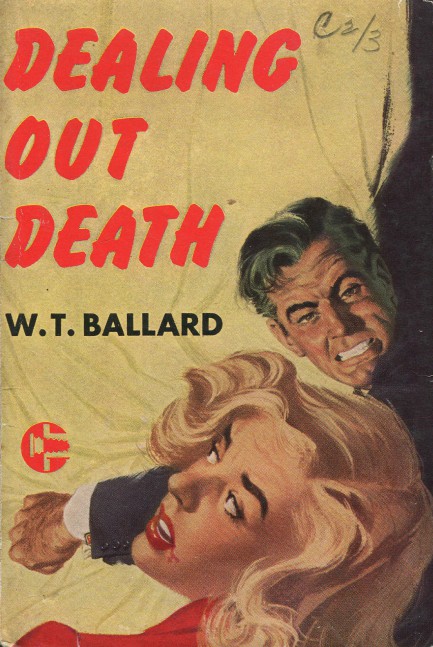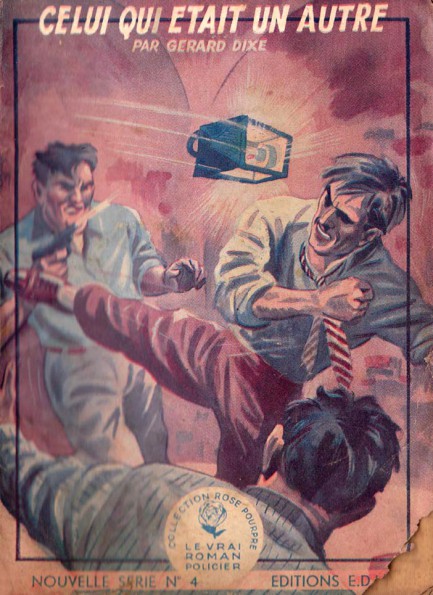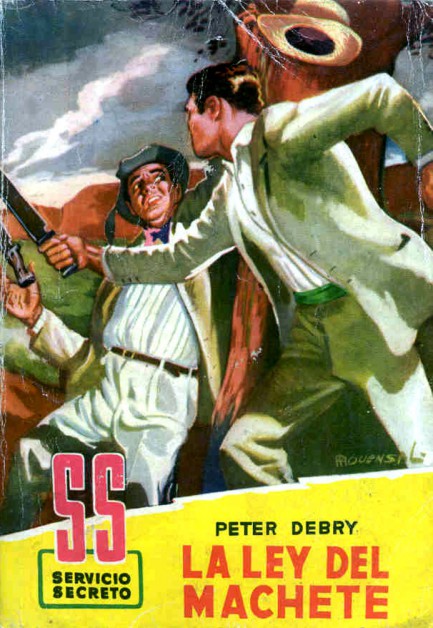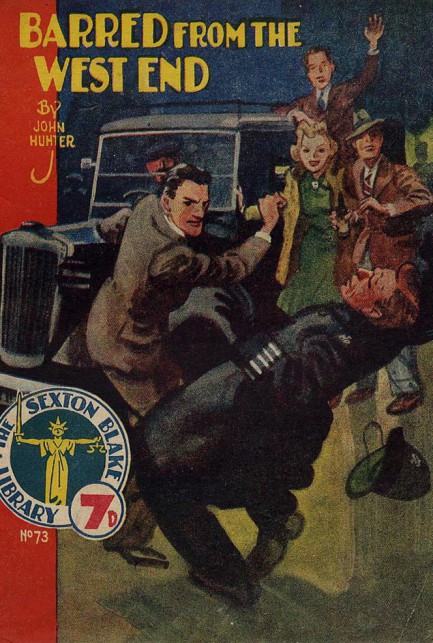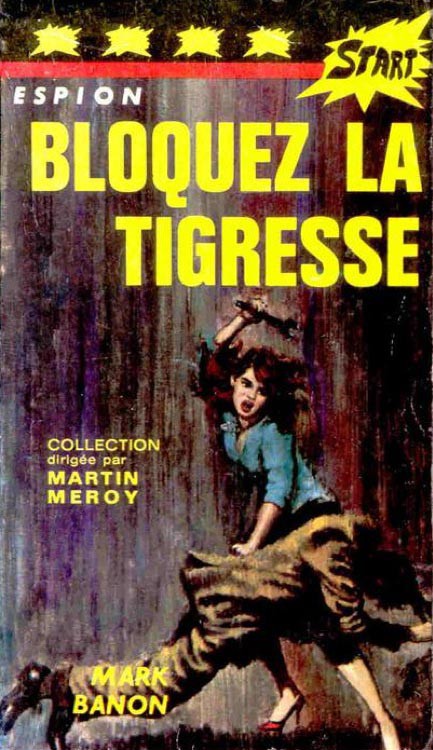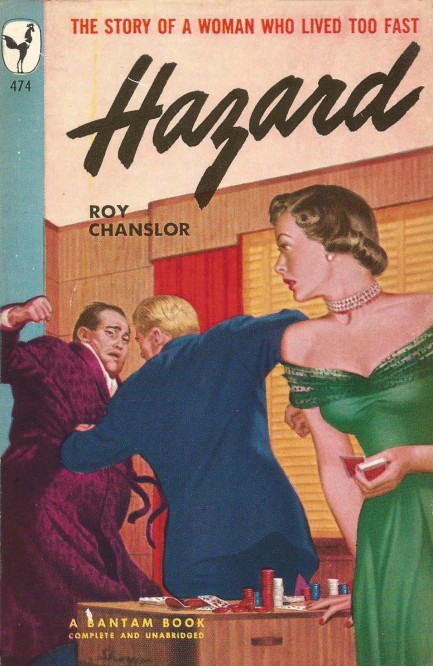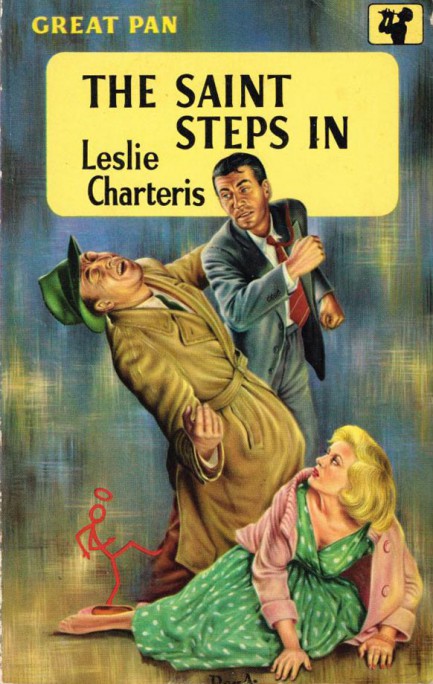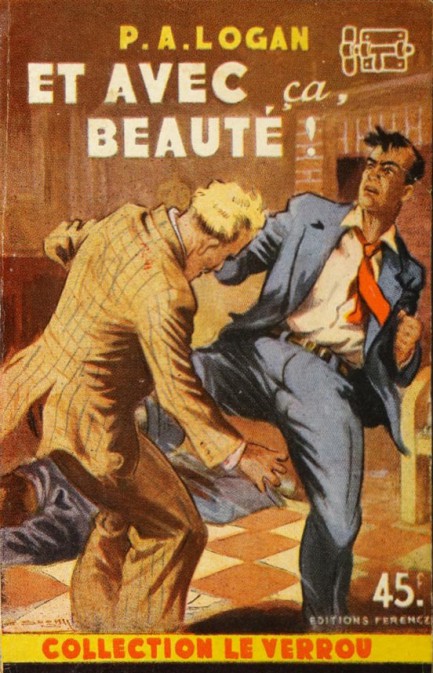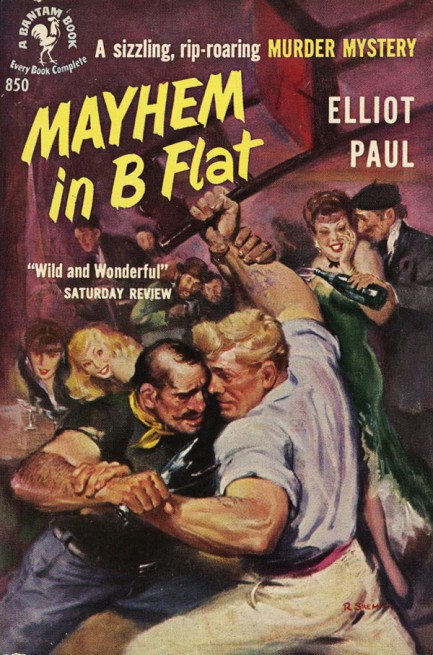| Vintage Pulp | Feb 10 2024 |


Above: Swap Psychiatrist, from 1968, with art by Robert Bonfils. The author, John Dexter, was credited with three-hundred and fifty books, according to the comprehensive website Greenleaf Classics Books. His name was used as a pseudonym by many, including Lawrence Block, Vivien Kern, Harry Whittington, and others. We have more than a few Dexter covers in the website, but our favorites are here and here.
| Vintage Pulp | Dec 30 2023 |


We can't resist carny novels, even if they look as dubious as 1964's Carny Girl by “John Dexter.” The quotations are because Dexter was a pseudonym used by many authors, none of whom are attributable in this case. The book is about beautiful young Julie, who, when readers meet her one late night, is naked and fleeing along a Florida beach from an unknown terror, before taking refuge in a trailer belonging to a traveling carnival. She's found the next day and has no memory of who she is, nor what she fled. The carnies take her along with them and she proves to have an insatiable sexual appetite that leads to all kinds of trouble in their mobile enclave, particularly when she takes a job as one of their strippers. When her memory returns, what awful secrets are revealed? Several, though none that adequately explain why she's such a horny freak, we can promise you. No problem, though—Carny Girl is a sleaze novel, and horny freaks are stock in trade. Of its ilk, it was fine.
| Vintage Pulp | Feb 24 2023 |


Psychiatrist sleaze novels are safe havens for us. Whenever we can't think of anything to post, we just grab one of these. They're ridiculous, and easy to riff on. John Dexter's Sin Psycho was published by Greenleaf Classics and it appeared in 1962 with unattributed art. We don't keyword for “therapy” or “psychiatrist,” so we can't point you to all the others in this style we've posted, but you can see most of them by starting here.
| Vintage Pulp | May 17 2020 |

Below, another collection of covers featuring characters expressing a little affection, a continuation of the lip locks we put together way back in 2013, and an adjunct to our collection of Harry Barton neck kisses from 2017. 



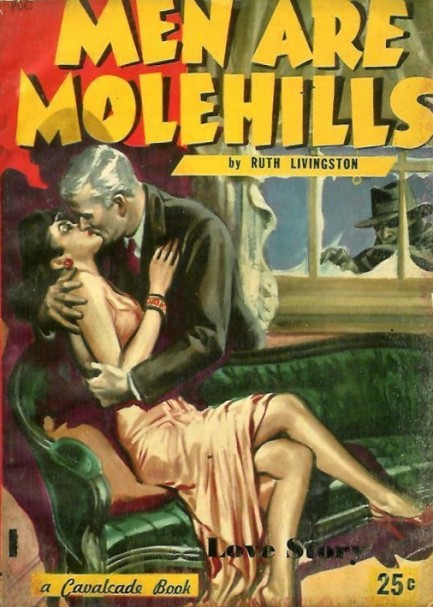


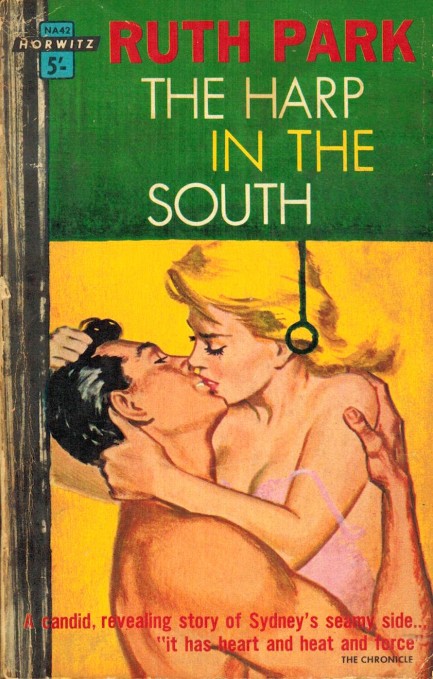



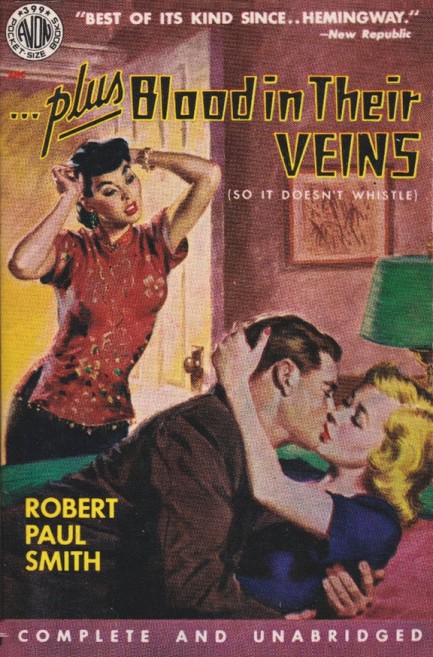

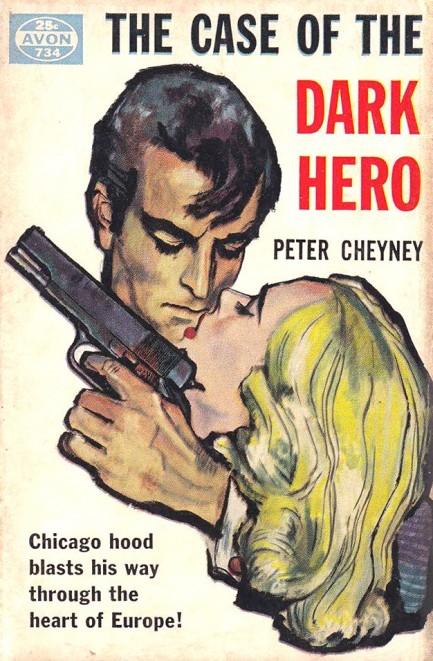

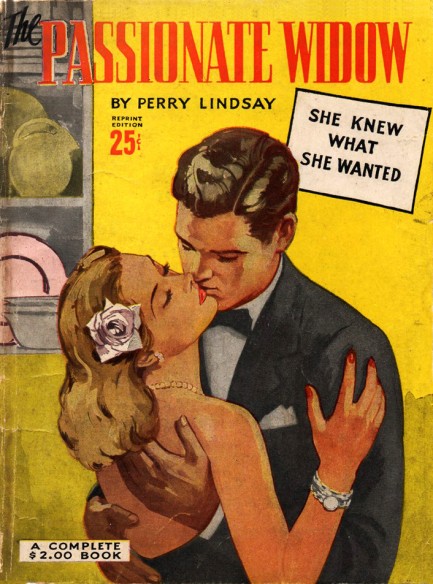


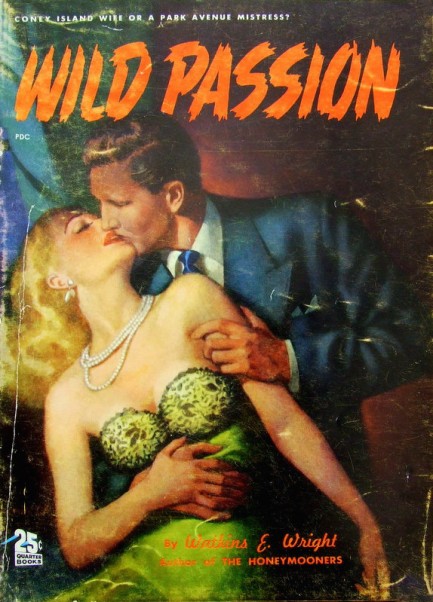



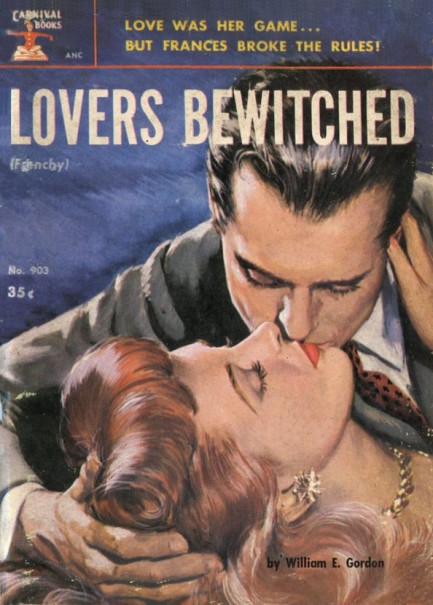
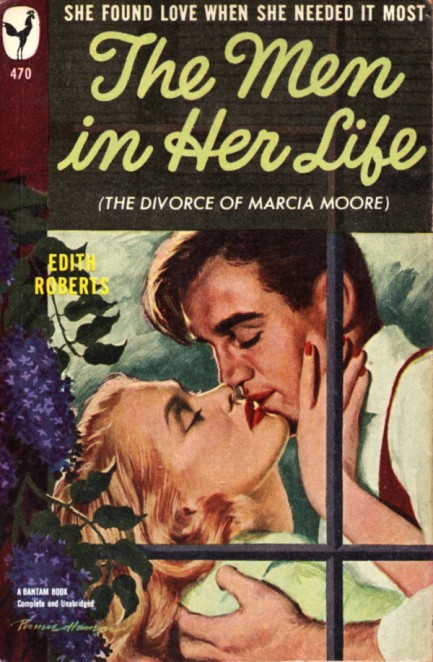
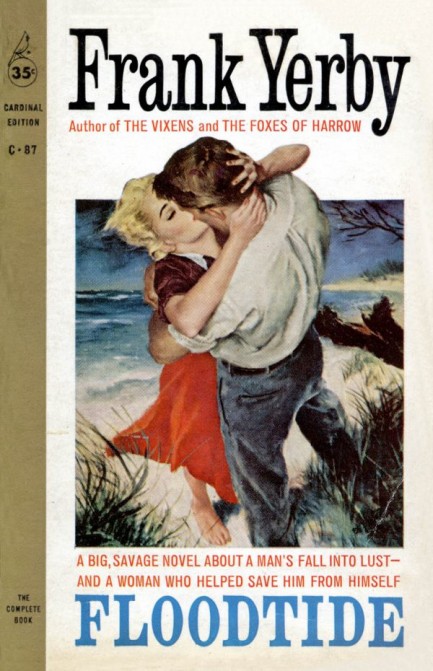


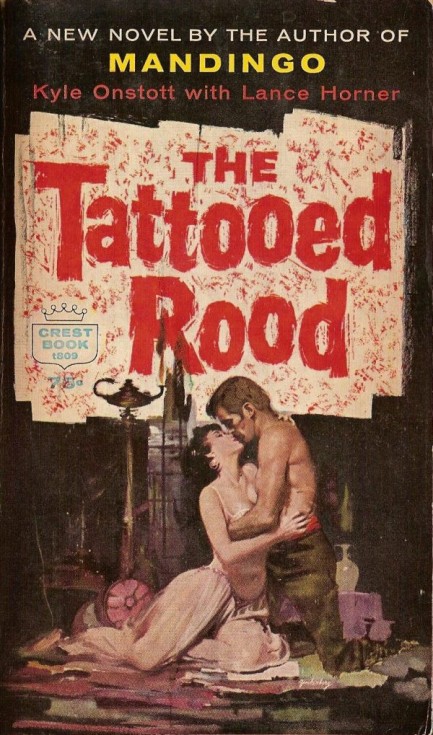







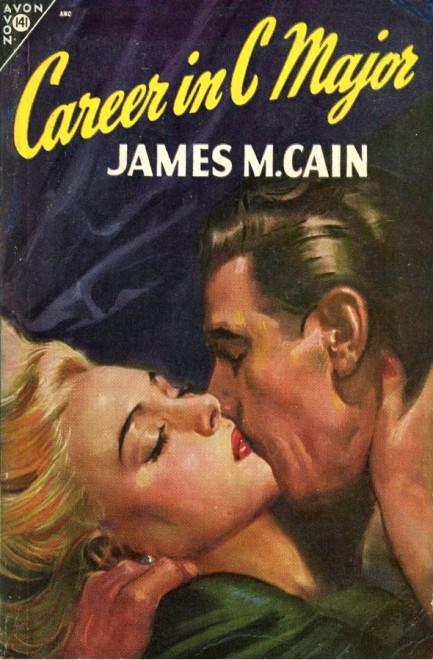
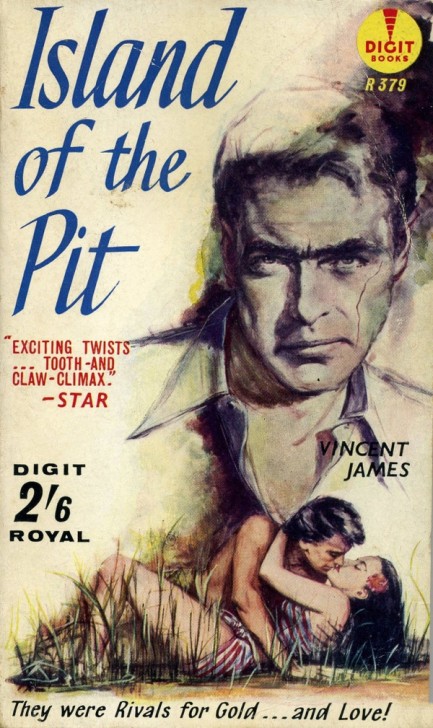
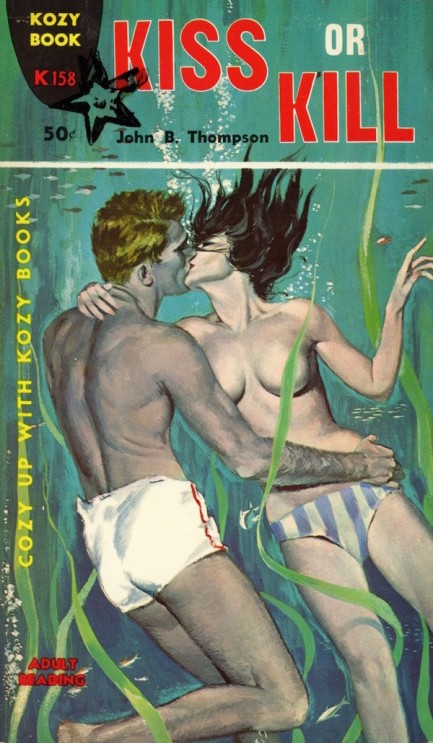
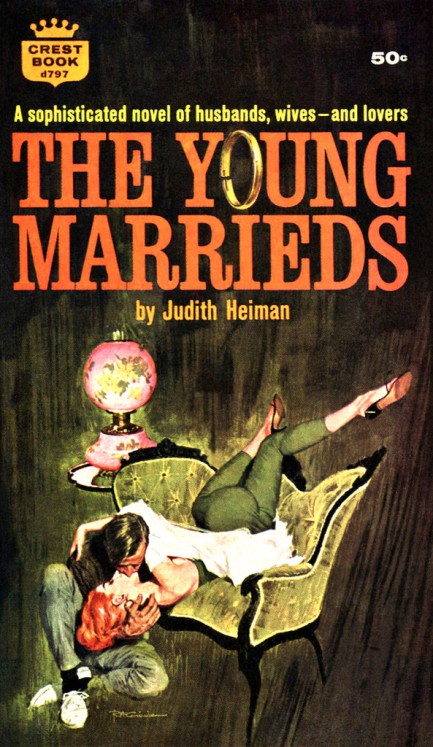

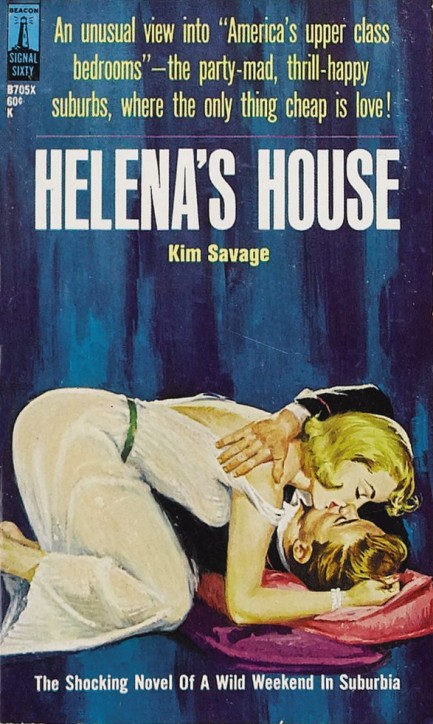


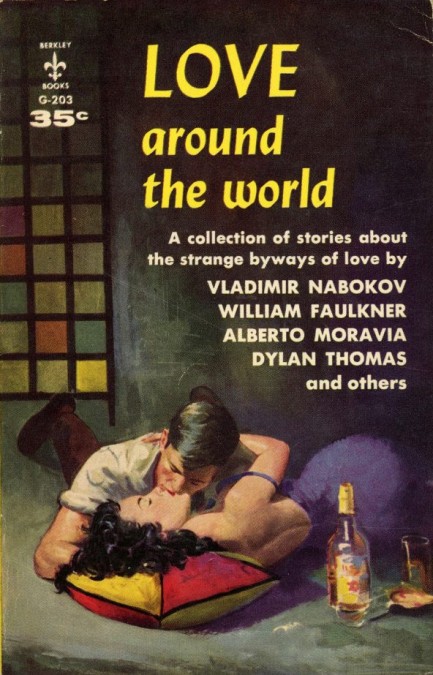



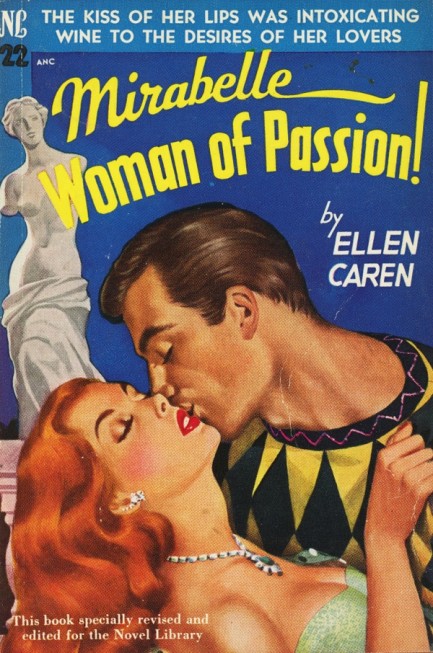

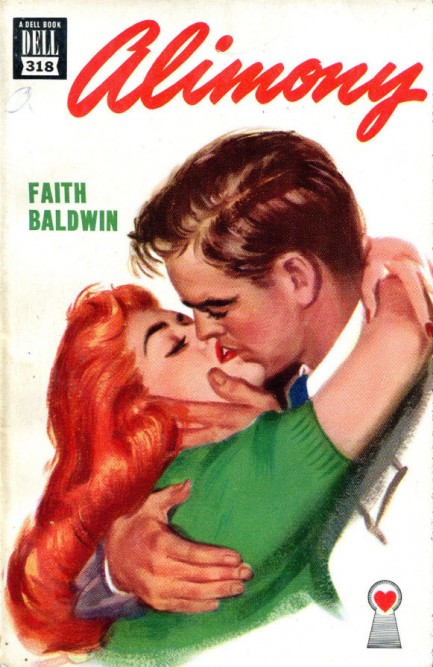
| Vintage Pulp | May 8 2020 |


| Vintage Pulp | Dec 24 2018 |

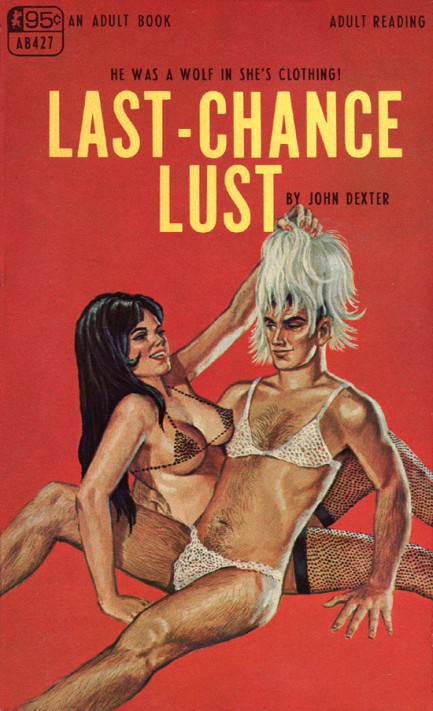
| Vintage Pulp | Dec 23 2015 |

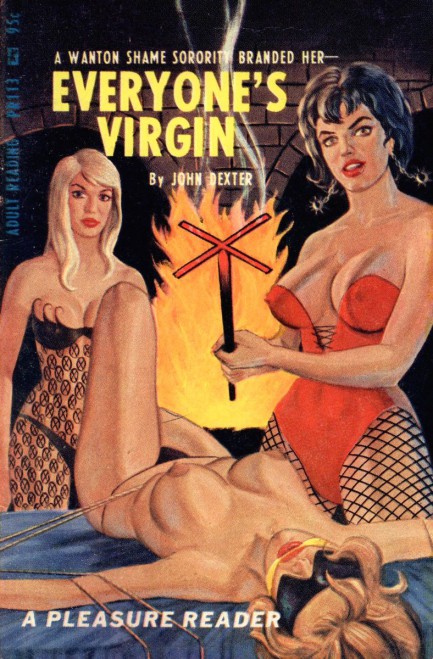
Above, a cover for Everyone’s Virgin by John Dexter, for Greenleaf Classics, 1967. We’ve talked about the non-existent Dexter several times. This effort is about two young women who pretend to be innocent in order to lure older men into sex, whereupon they blackmail the silly horndogs. We aren’t sure where the branding fits in, but it makes for a fun cover. Thank artist Ed Smith.
| Vintage Pulp | Oct 25 2015 |



| Vintage Pulp | Oct 12 2015 |

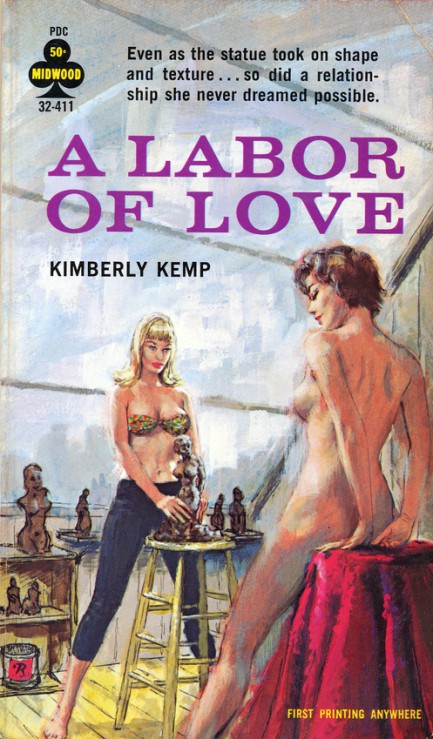

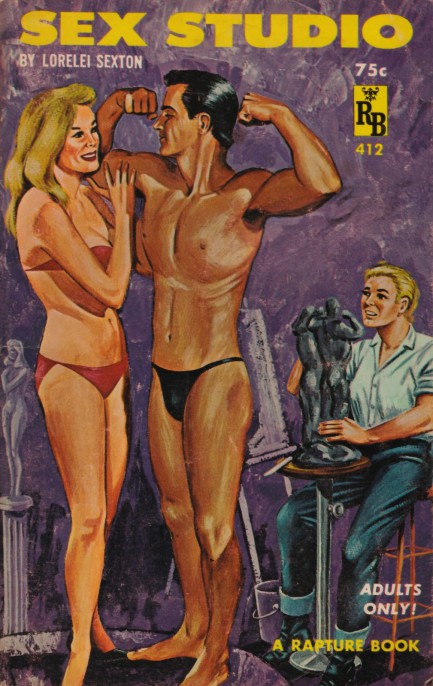



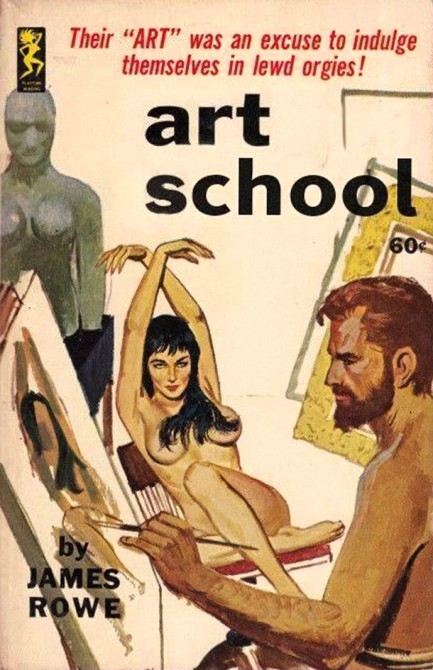



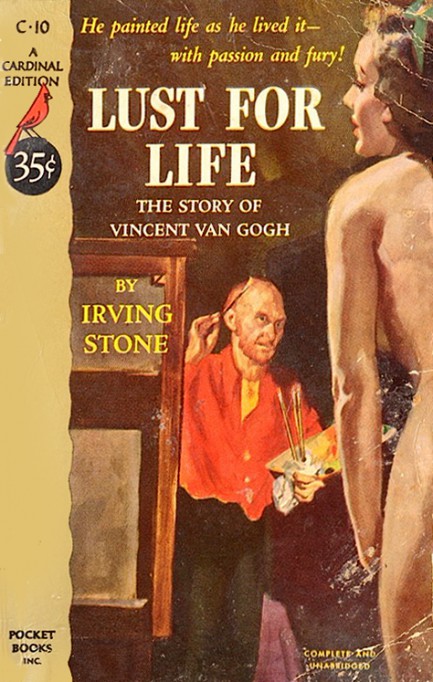
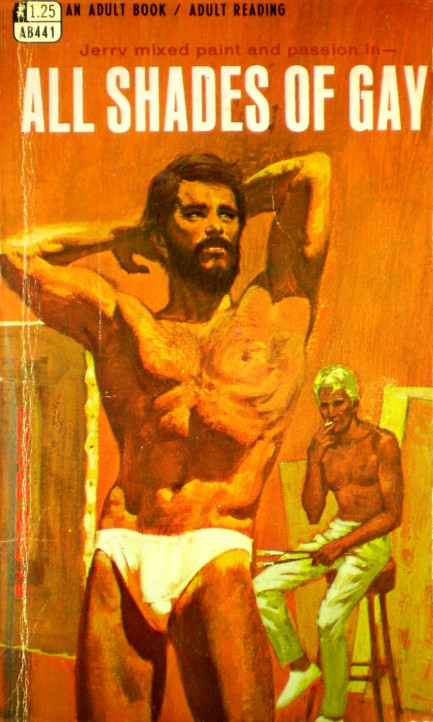







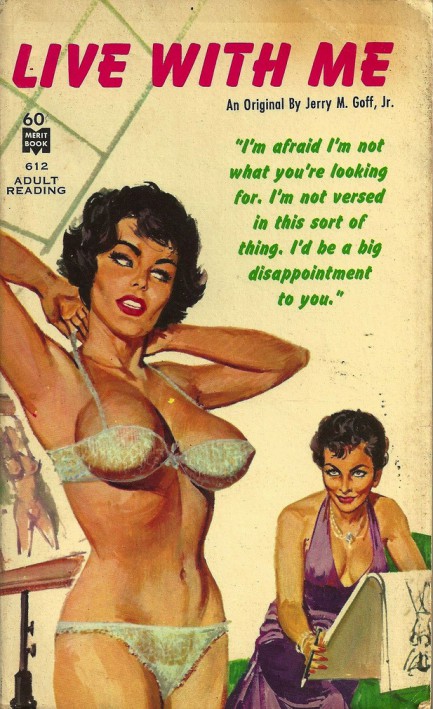
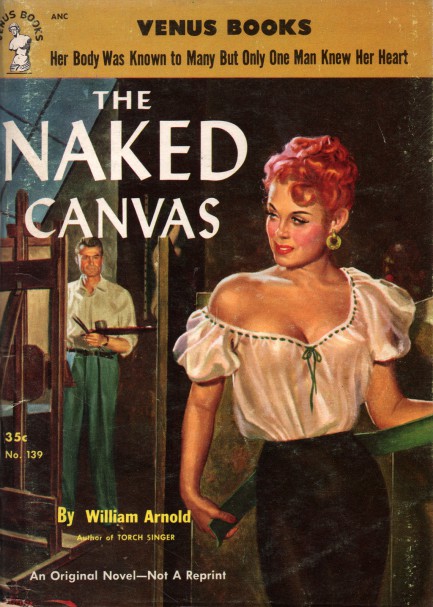
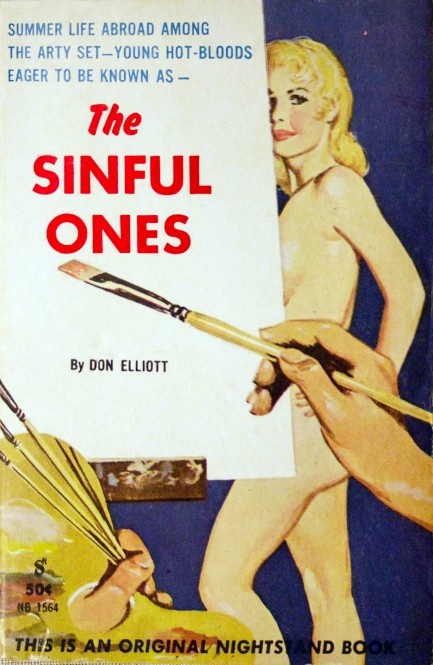

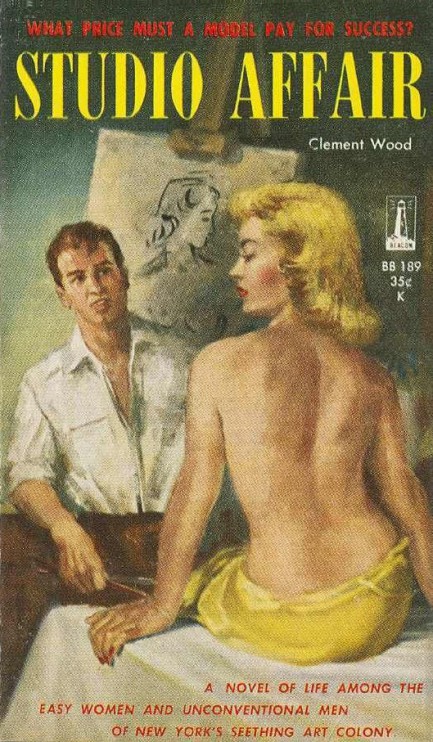
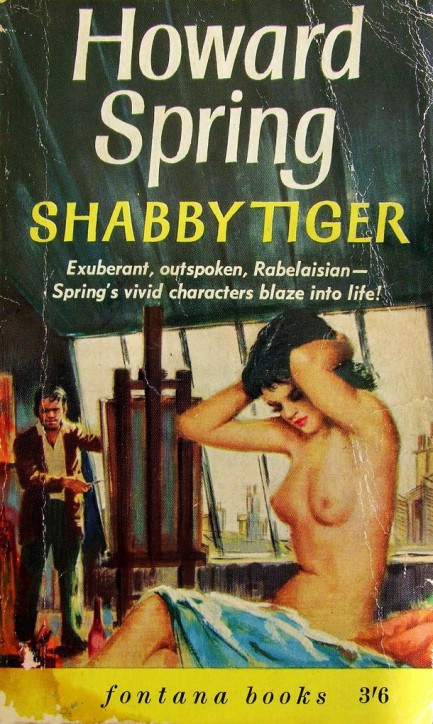

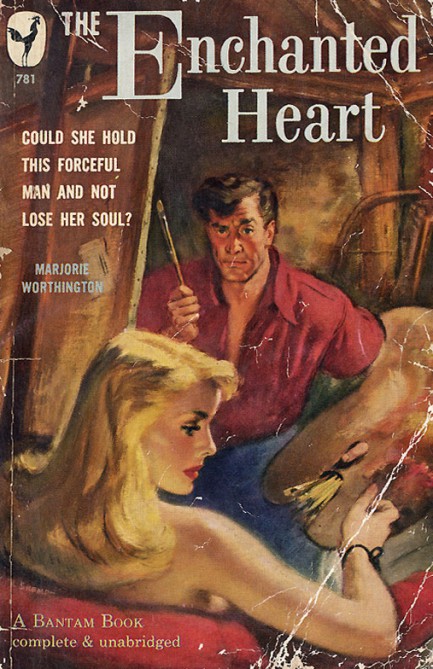

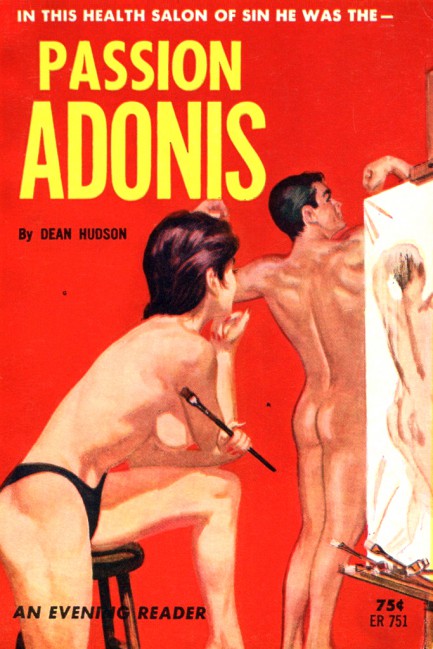
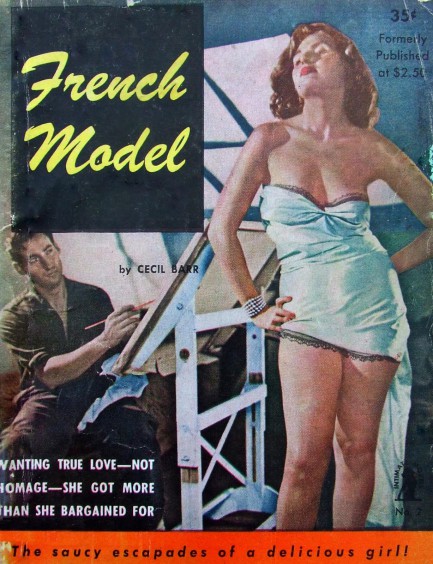



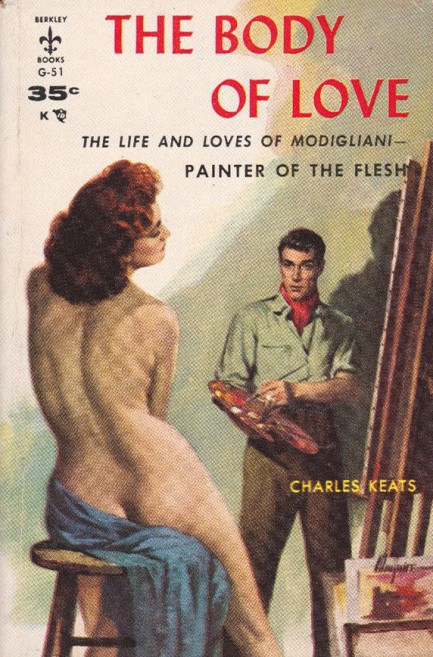

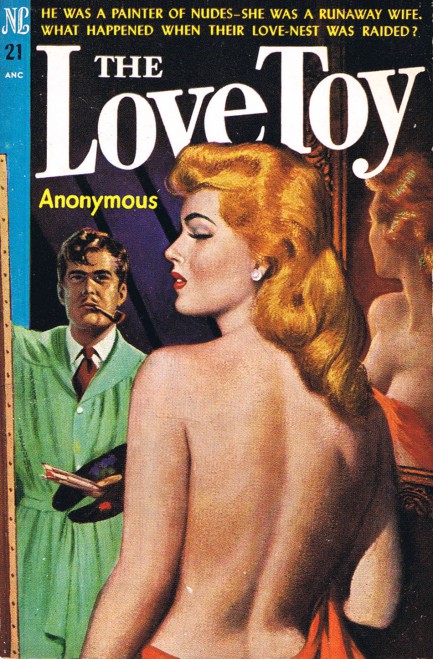
| Vintage Pulp | Jul 17 2015 |


We have another collection today as we prepare to jet away on vacation with the girls. Since the place we’re going is known for rowdy British tourists (what place isn’t known for that?), we thought we’d feature some of the numerous paperback covers featuring fights. You’ll notice, as with our last collection, the preponderance of French books. Parisian publishers loved this theme. The difference, as opposed to American publishers, is that you almost never saw women actually being hit on French covers (we’d almost go so far as to say it never happened, but we’ve obviously not seen every French paperback ever printed). The French preferred man-on-man violence, and when women were involved, they were either acquitting themselves nicely, or often winning via the use of sharp or blunt instruments.
Violence against women is and has always been a serious problem in the real world, but we’re just looking at products of the imagination here, which themselves represent products of the imagination known as fiction. Content-wise, mid-century authors generally frowned upon violence toward women even if they wrote it into their novels. Conversely, the cover art, stripped of literary context, seemed to glorify it. Since cover art is designed to entice readers, there’s a valid discussion here about why anti-woman violence was deemed attractive on mid-century paperback fronts, and whether its disappearance indicates an understanding of its wrongness, or merely a cynical realization that it can no longer be shown without consequences. We have another fighting cover here, and you may also want to check out our western brawls here.